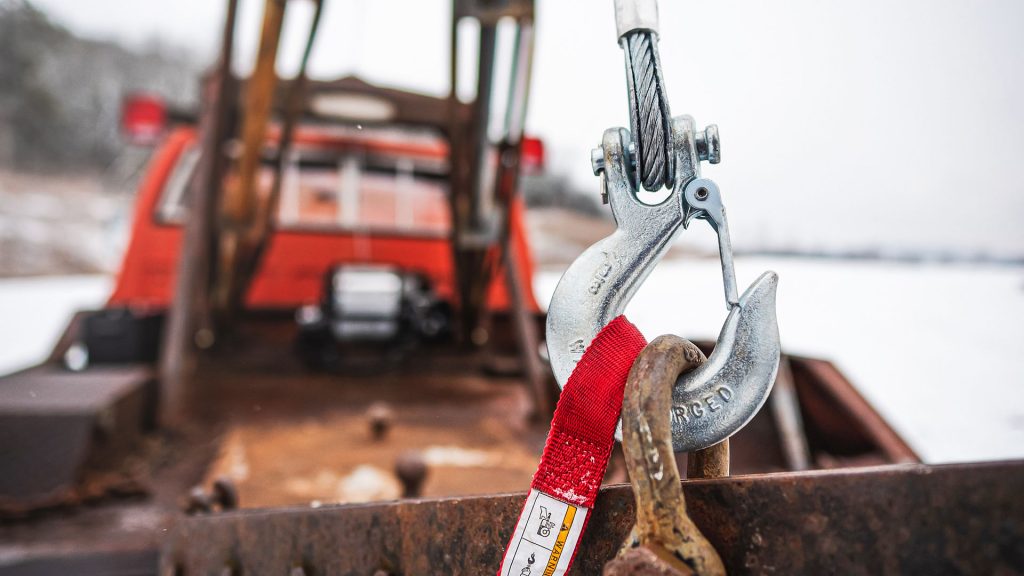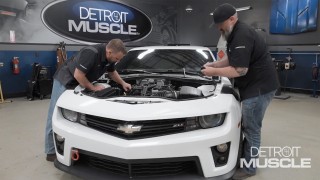Rising Vehicle Prices Leads to Increase in Car Repossessions

The pandemic has certainly been putting many thorns in the automotive industry’s side. Microchip shortages, high demand with limited inventory, and higher prices for both new and pre-owned vehicles. Unfortunately, there is another problem that is becoming more and more frequent: a report by Barron’s reveals that car repossessions have increased.
In a report by Kelley Blue Book, the average MSRP for a new car has gone up 13.5% to $47,148 in May 2022. Add in higher monthly payments and limited budgets, more Americans are having trouble paying for cars bought in the last two years. According to Edmunds, 12.7% of customers that bought a new vehicle in the last two years are making payments for at least $1,000 per month.
As a result, there are many buyers defaulting or falling behind on loans for 2020/2021 model year vehicles after receiving stimulus checks or momentary increases in pay at the height of the pandemic. But after those temporary benefits dried up, being able to keep up with their car’s monthly payments suddenly became more burdensome.
Many car dealers purchasing repossessed vehicles claimed that many of the cars they’ve purchased have loan-to-value (LTV) ratios very much higher than 100%. Meaning that the loan amount of a car worth $10,000 can have a $2,000 markup, resulting in a 120% LTV.
While many will assume that victims of repossessed vehicles are low-wage workers or individuals with poor credit. While repossessions for buyers with poor credit have doubled to 11% in 2020, the same has happened to borrowers with great credit by doubling to 4% in the same period of time.
The auto market had also started on its downward slope before the pandemic started, meaning that buyers that were already experiencing money troubles had a brief moment of relief from repossession when that stimulus cash started coming in.









